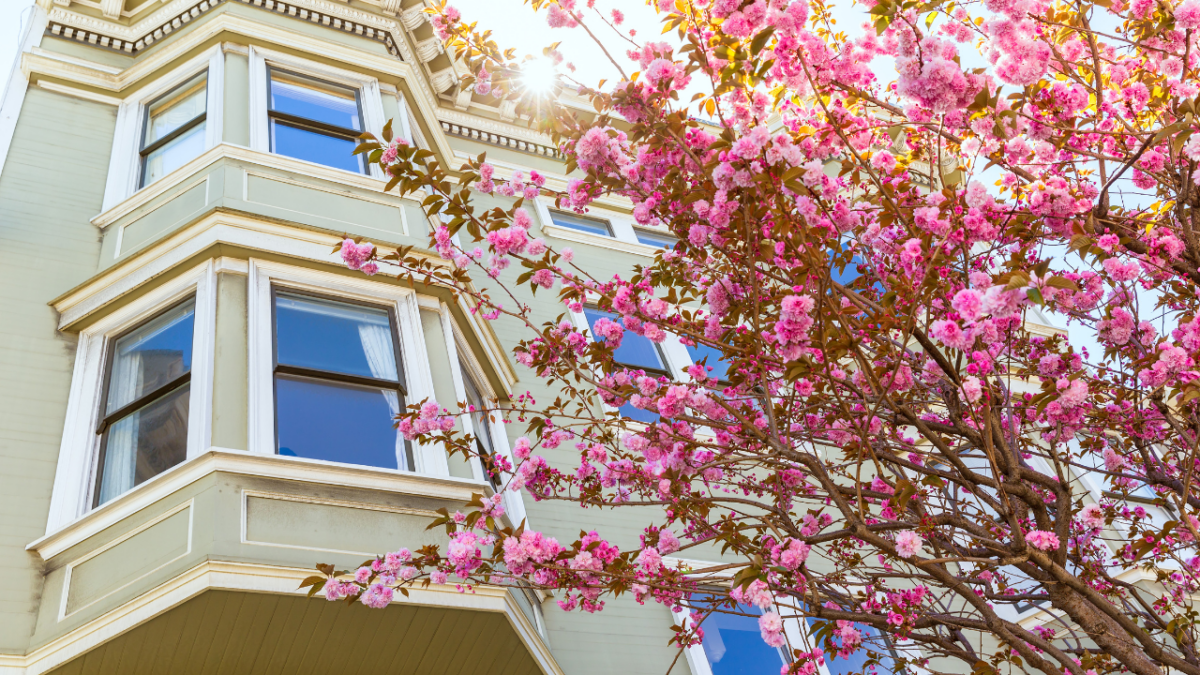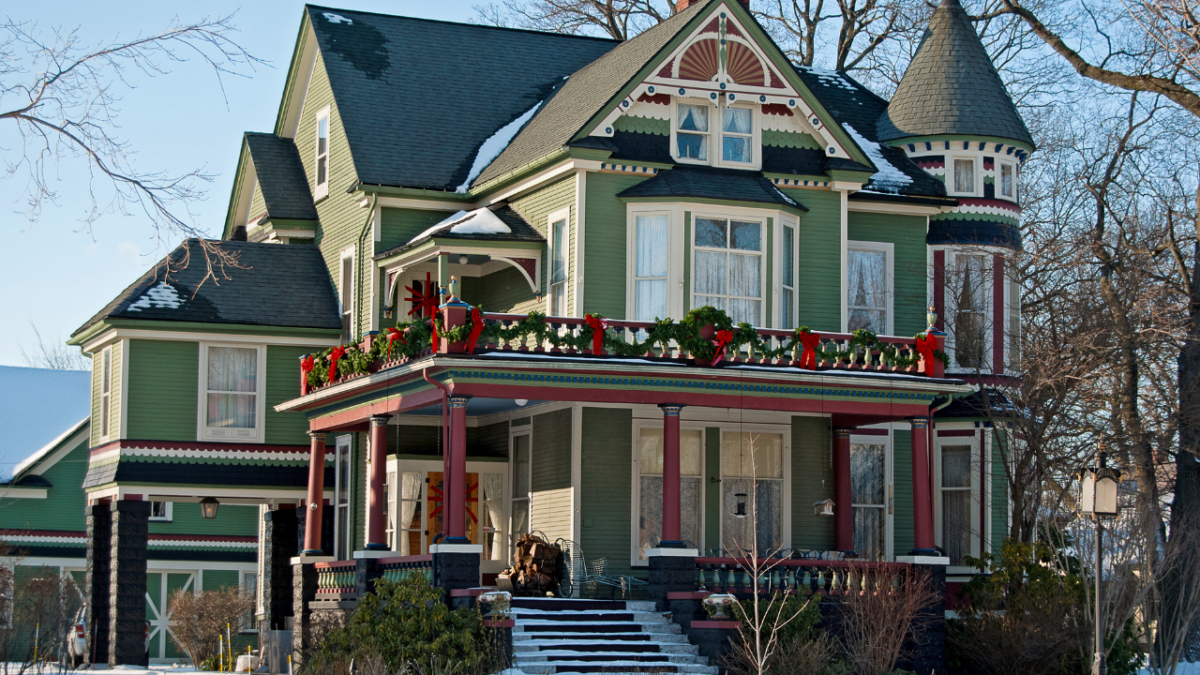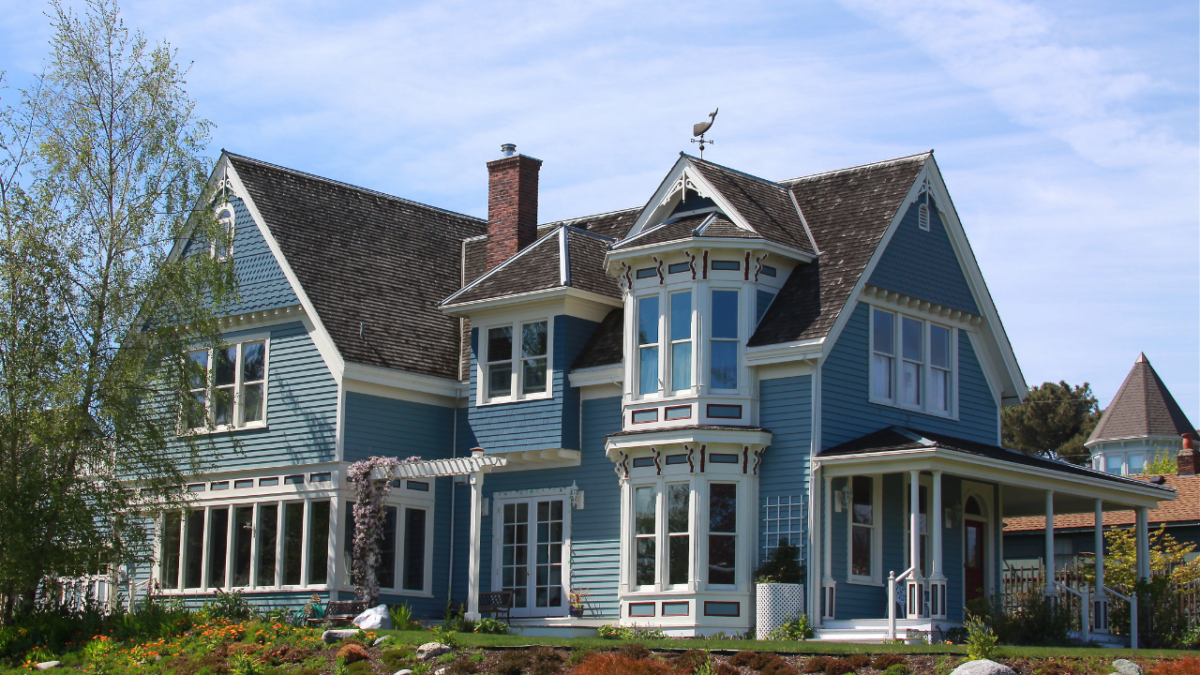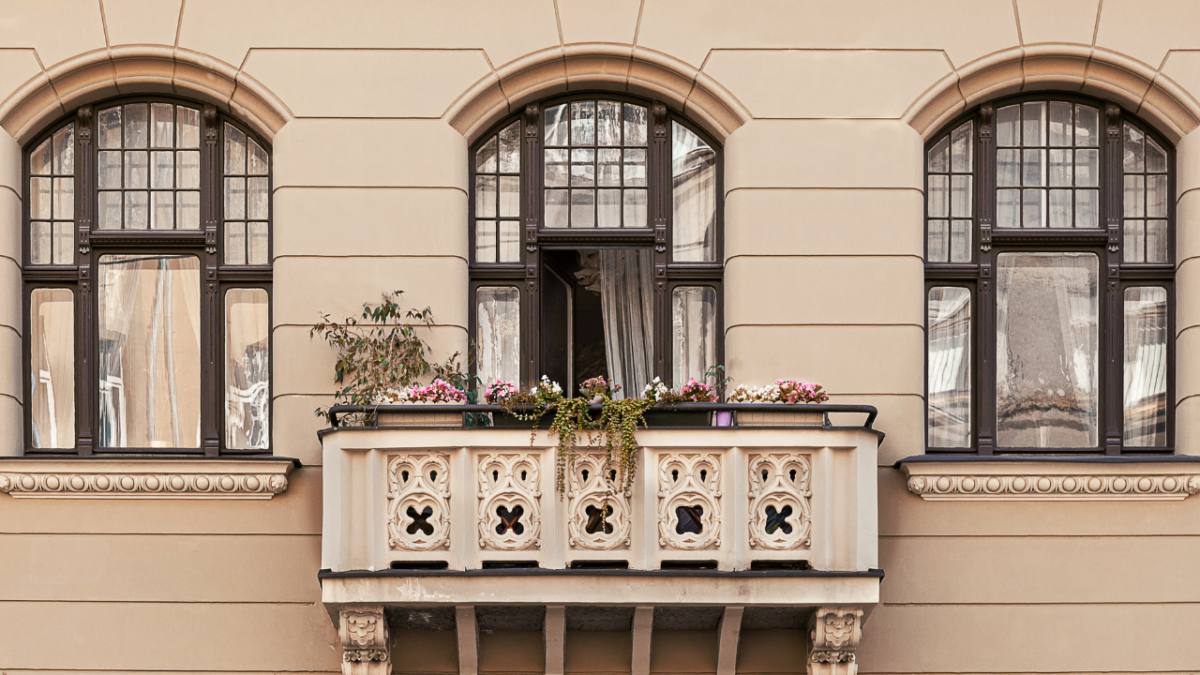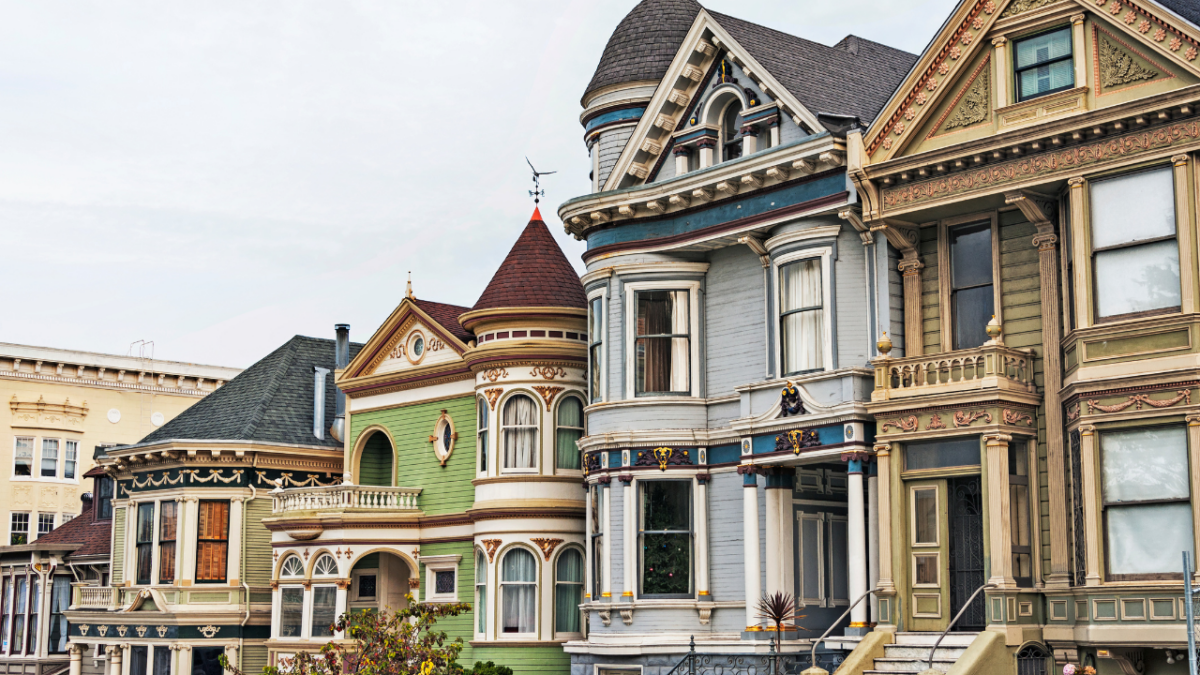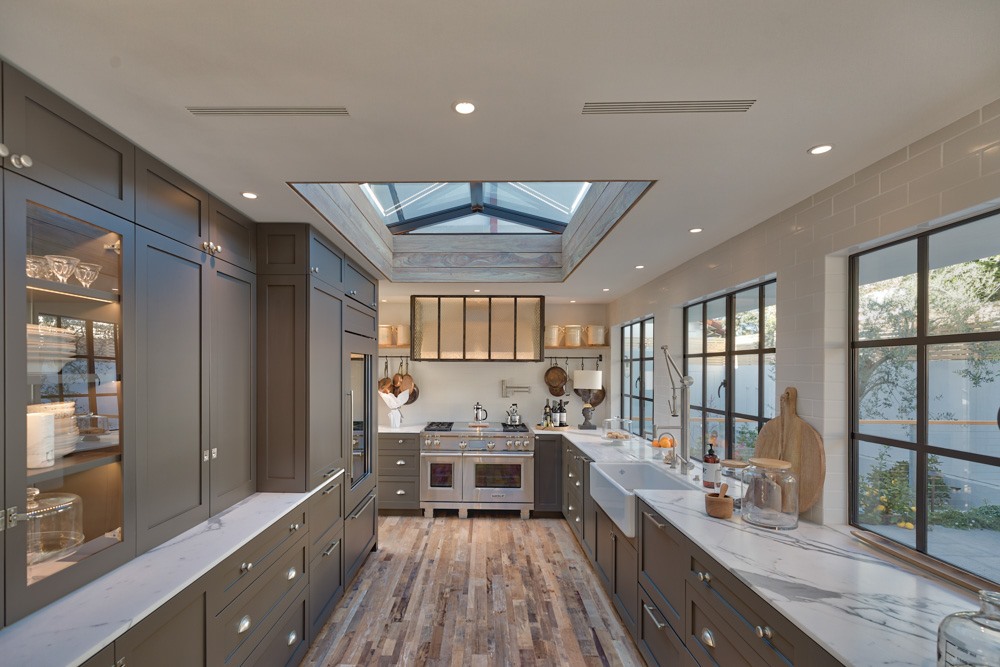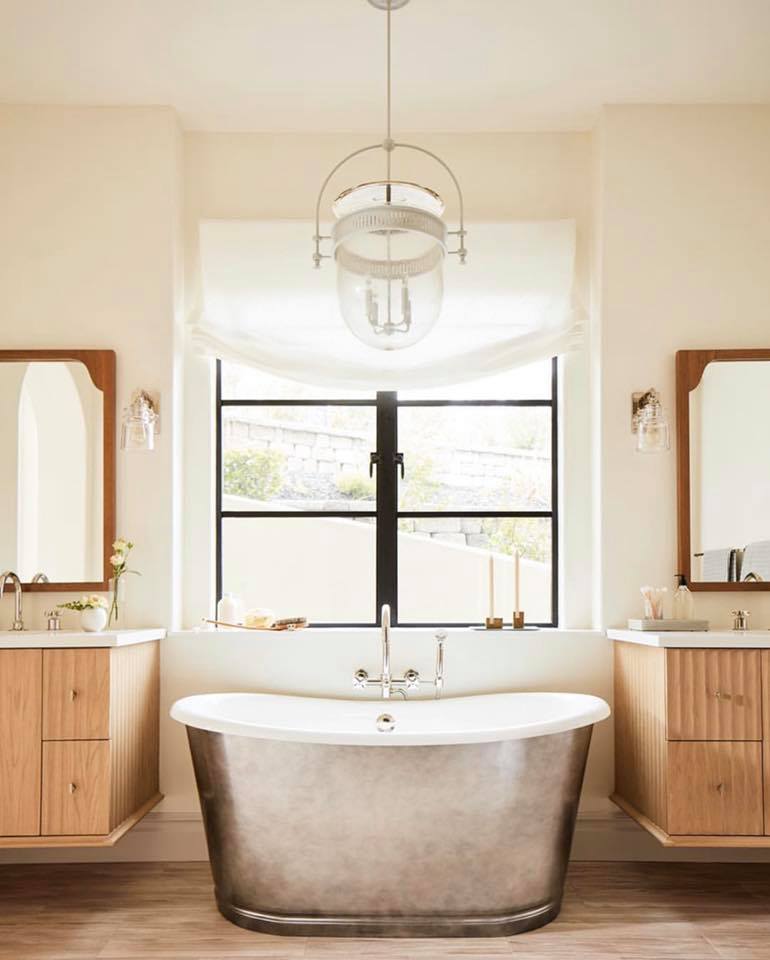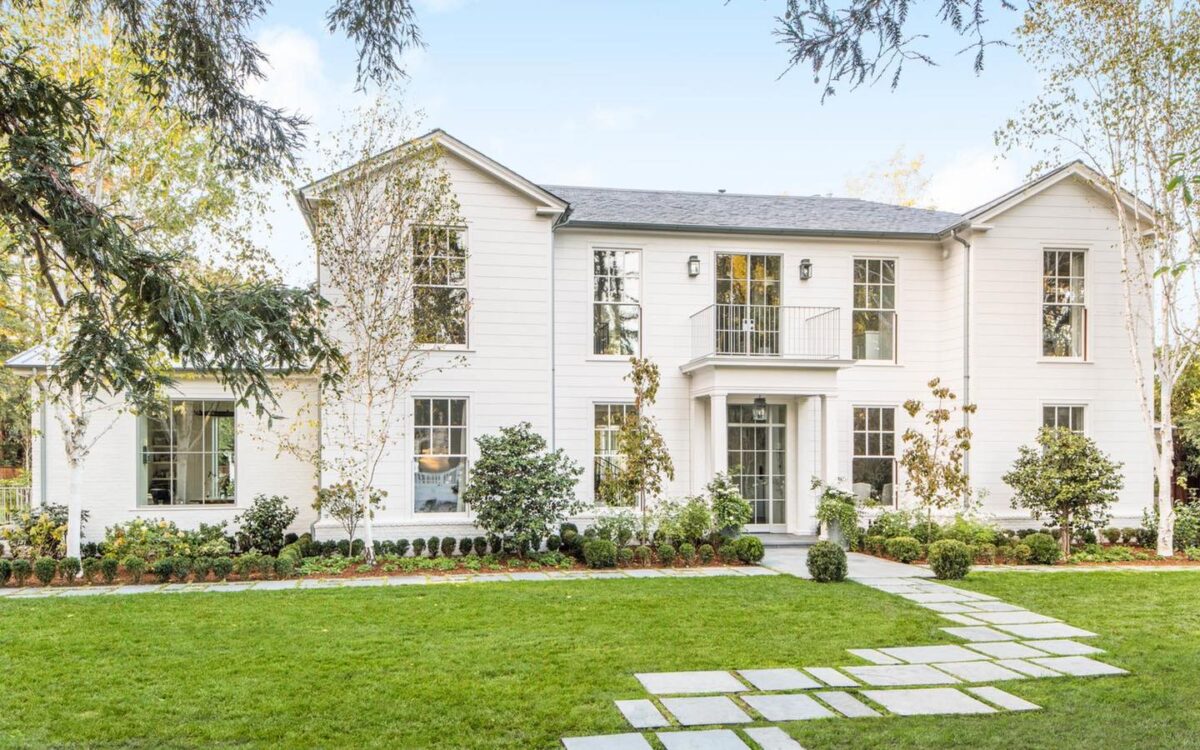Key Takeaways:
- Restoring Victorian windows and doors keeps the original charm of your home.
- Cleaning and prepping surfaces is key before starting any repairs.
- Use Steel windows and Doors for added durability and rust resistance.
- Sanding and priming are important steps for a smooth, long-lasting finish.
- Modern touches like weather stripping and double glazing improve energy efficiency.
- Restoring Awnings and Window Hoppers can enhance the overall look of your Victorian home.
- High-quality materials like Specialty Doors preserve style while boosting security and function.
Restoring Victorian windows and doors can feel like a big job, but it’s worth it if you want to maintain the character of your home. These original features are a huge part of what makes Victorian properties so unique. Whether you’re dealing with old wood frames or rusty fittings, restoring them can breathe new life into your home while preserving its historic charm.
In this guide, we’ll walk through everything you need to know to bring your Victorian windows and doors back to life. You don’t have to be an expert—just follow these simple steps, and you’ll be well on your way to a beautiful restoration.
Why Restore Victorian Windows and Doors?
Restoring old windows and doors instead of replacing them has several advantages:
- Keeps the original charm: Victorian homes have a lot of character, and the windows and doors are a big part of that. Restoring them helps maintain the home’s unique look.
- Cost-effective: Restoration can often be more affordable than installing brand-new windows and Specialty Doors.
- Improves energy efficiency: Old windows and doors can be made more efficient by adding weather stripping, repairing gaps, or using modern materials like Steel windows and Doors.
Restoration is worth the effort, especially if you’re living in an older home where maintaining its history is important to you.
Step 1: Assess the Condition of the Windows and Doors
Before diving into any restoration work, you need to assess the condition of your Victorian windows and doors. Look for:
- Rot or decay in wooden frames
- Rust on metal components, especially hinges or locks
- Cracked or broken glass
- Peeling or chipped paint
By taking note of these issues, you can plan what needs to be repaired or replaced.
Pro Tip: Pay special attention to the joints where the frame meets the wall. These areas are prone to damage from moisture.
Step 2: Clean and Prep the Surfaces
The next step is to clean the windows and doors thoroughly. Dirt, grime, and old paint can hide underlying damage. Here’s how to clean them:
- Use a soft brush to remove dust and dirt.
- Wash the windows and frames with a mild detergent and water.
- If there’s peeling paint, use a scraper or heat gun to remove it.
This step is important because it gives you a clean surface to work on. A clean base makes any repairs more effective.
Step 3: Repair or Replace Damaged Parts
Once everything is clean, it’s time to repair any damage. Depending on the state of your windows and doors, you may need to:
- Fill cracks or holes in wooden frames with wood filler.
- Replace rusted or broken metal components with Steel windows and Doors fittings. These are more durable and resistant to future rusting.
- Repair any broken glass or add modern double glazing for improved energy efficiency.
If the damage is too severe, consider replacing parts like the hinges or locks with more modern options. However, keep the original look in mind. You don’t want to lose the Victorian style by adding fittings that don’t match.
Step 4: Sanding and Smoothing
Before painting or finishing your restored windows and doors, you’ll need to sand down the wood or metal. Sanding helps create a smooth surface for the paint to adhere to and also removes any remaining rough patches. Here’s what to do:
- Use medium-grit sandpaper to smooth the wood or metal surfaces.
- Wipe down the surfaces with a damp cloth to remove dust.
If you’re restoring Awnings and Window Hoppers as part of your project, give them extra attention. These features are often overlooked but play a big role in the look of Victorian homes.
Step 5: Prime and Paint
Now comes the fun part: painting! But before you jump in with color, it’s essential to prime the surface first. Primer helps the paint stick better and offers protection against moisture.
- Apply one coat of primer and allow it to dry completely.
- Once dry, paint the windows and doors with a high-quality exterior paint. Use at least two coats for durability.
Make sure to choose a color that complements your home’s style. Many Victorian homes feature classic shades like dark green, cream, or grey. If you’re working with Steel windows and Doors, consider using a matte finish to keep the look elegant and timeless.
Step 6: Reassemble and Reinstall
Once the paint is dry, it’s time to put everything back together. Reattach any hardware you removed and reinstall the glass if necessary. Make sure the windows and doors are aligned properly and open and close smoothly.
If you’ve restored Awnings and Window Hoppers, check that they still function correctly after painting. These small features often get stuck due to layers of paint.
Step 7: Add Modern Touches for Better Efficiency
Victorian windows and doors weren’t designed with energy efficiency in mind, but you can improve their performance with a few modern touches. Consider these upgrades:
- Install weather stripping: Adding weather stripping to the edges of your doors and windows helps keep out drafts.
- Upgrade to double glazing: If your Victorian windows have single-pane glass, upgrading to double glazing can significantly improve insulation without changing the appearance.
- Replace locks and hinges: Swapping old, worn-out parts for modern Steel windows and Door fittings improves both security and functionality.
These modern additions will help you enjoy your Victorian home more comfortably without sacrificing its historic look.
Why Euroline is Your Go-To for Victorian Window and Door Restorations
At Euroline Steel Windows and Doors, we specialize in providing high-quality materials and craftsmanship for window and door restoration projects. Our products, including Specialty Doors, Awnings and Window Hoppers, and Steel windows and Doors, are designed to blend the charm of Victorian style with the durability and strength of modern materials.
Choose Euroline for:
- Expertise in both traditional and modern window and door solutions
- Durable materials that stand the test of time
- Custom options to match your home’s historic character
If you’re planning to restore your Victorian windows or doors, we can help. Our team at Euroline Steel Windows and Doors will guide you through the process and ensure your home gets the care and attention it deserves. Reach out to us today, and let’s bring your restoration project to life!

